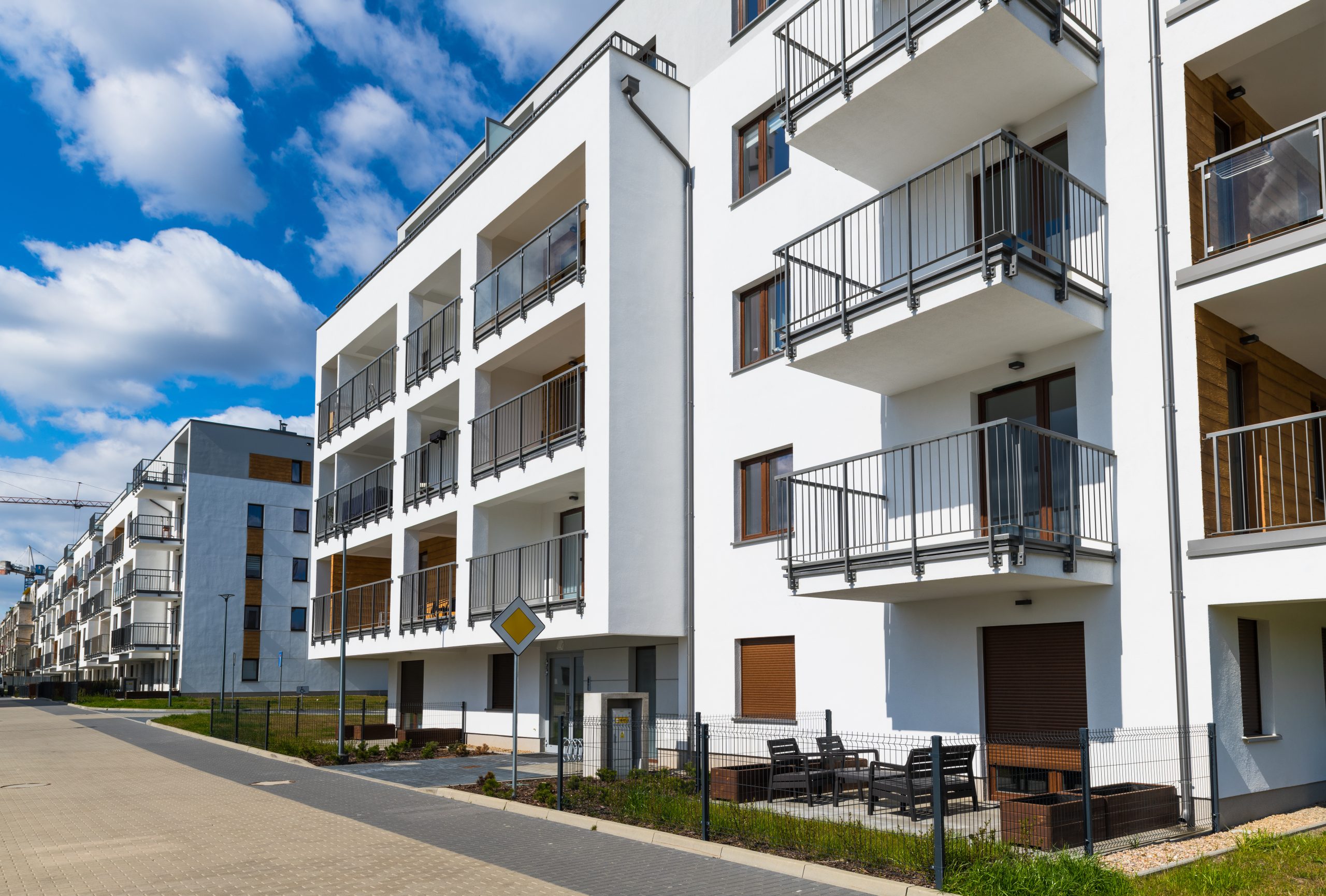If the leaseholders in a block you are managing apply to form a Recognised Tenants’ Association (RTA), it’s important to understand how it might impact your block management and leaseholder communications.
Jeremy Weaver explains the powers held by RTAs and their impact – positive and negative on managing agents and freeholders.
First things first, what is a Recognised Tenants’ Association?
A Recognised Tenants’ Association consists of a group of leaseholders who hold similar leases from the same freeholder, where the leases require them to pay service charges. To be effective, formal recognition is required, either directly from the freeholder in writing, or by applying to the FTT if the freeholder does not accept the RTA’s request for recognition.
A certificate of recognition gives an RTA the legal right to:
- Request information about service charge costs, including accounts and receipts.
- Be consulted on the appointment of a managing agent.
- Be notified of proposed major works and receive copies of estimates.
- Nominate contractors to carry out the works, which the freeholder must consider.
- Appoint a surveyor for the purposes of a management audit.
In 2018, the government introduced new regulations to make it easier for leaseholders to apply to form a Recognised Tenants’ Association.
How did the 2018 regulations change the situation for RTAs?
The new regulations sought to make it easier to form an RTA.
They reduced the ‘qualifying tenants’ threshold from 60% to 50% and gave the FTT the power to recognise an RTA even if it does not satisfy the new lower threshold, so long as it “represents a substantial number of qualifying tenants’ dwellings”.
The regulations effectively tackled an issue in the case of Rosslyn Mansions v Winstonworth Ltd where the number of qualifying tenants was less than 60%, but the tenants concerned collectively paid more than 70% of the service charges for the block.
(Unfortunately, the regulations don’t give total clarity on the FTT’s power to disapply the threshold. What exactly constitutes a ‘substantial number’ when it comes to assessing if sufficient qualifying tenants are in support of the application? With just under three years since the regulations came into force, there is little in the way of case law to clarify.)
What are the pros and cons of managing a block with an RTA?
The November 2018 changes to the regulations around Recognised Tenants’ Associations didn’t result in an immediate deluge of new associations, but our experience at Brady Solicitors suggests that applications are on the up.
So, if the leaseholders in one of your blocks apply to form an RTA, should you try to stop it at all costs – or welcome it with open arms?
From a property management perspective, the main challenge of working with an RTA will lie in its extended powers and legal rights to more information. Whilst there is an argument to say that good block management relies on transparency and open communication with your leaseholders, the formation of an RTA may mean you need to review your processes and communications to meet the new association’s legal rights. Service charge expenditure will need to be accurately documented and available to the RTA, and you may need to build in more time to maintenance programmes, so you have time to assess any contractors proposed by the leaseholders.
Whilst your first reaction to an application from leaseholders to form an RTA may not be a positive one, they can certainly be a helpful conduit for leaseholder communications – particularly in larger developments or where leaseholder relations are not straightforward.
By working with the RTA and being open and transparent, you have an opportunity to secure early buy-in to projects, which can be vital if you are needing to secure additional service charge contributions or carry out disruptive works for example.
When all is said and done, RTAs are rarely constituted when leaseholders are happy with their property management service. They are generally used by leaseholders who feel they want more input into how their flats are being managed. So, for managing agents and freeholders committed to delivering a good block management experience, there should be little to be feared.





